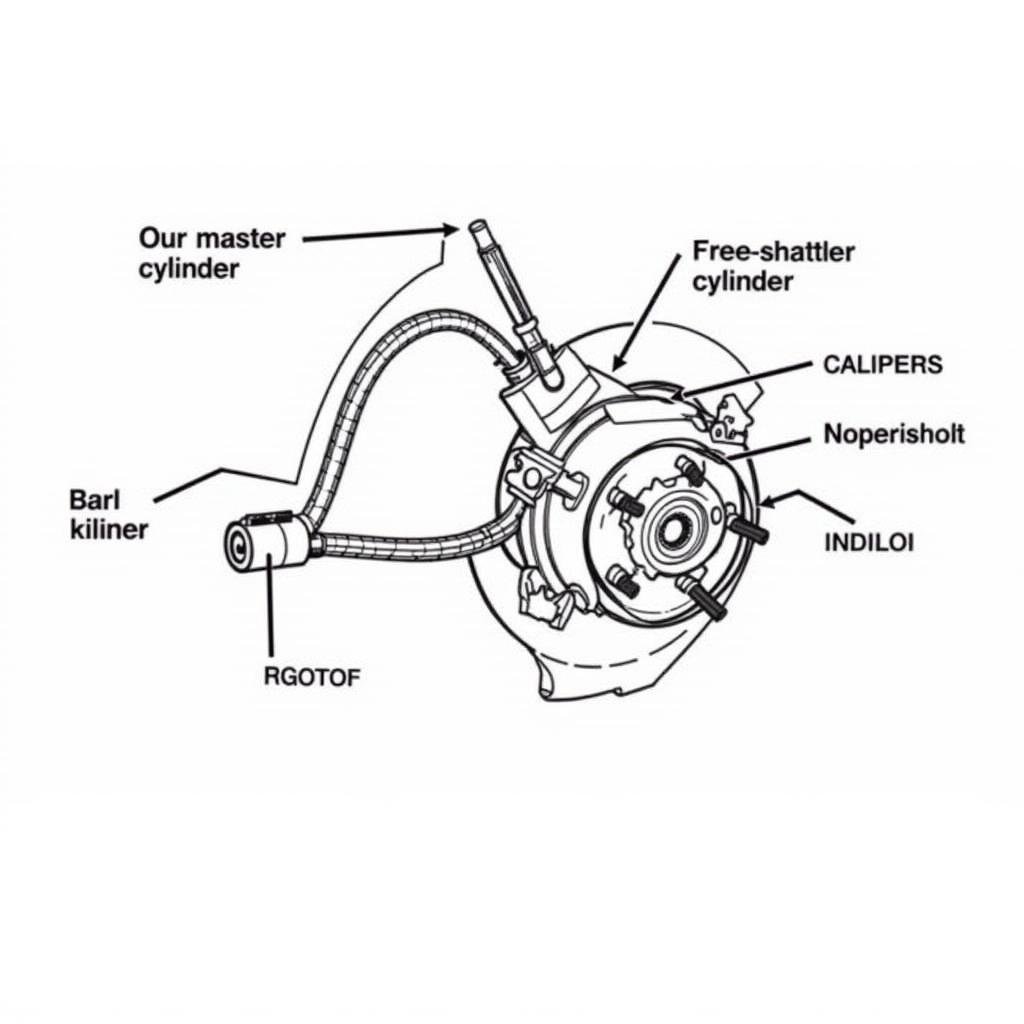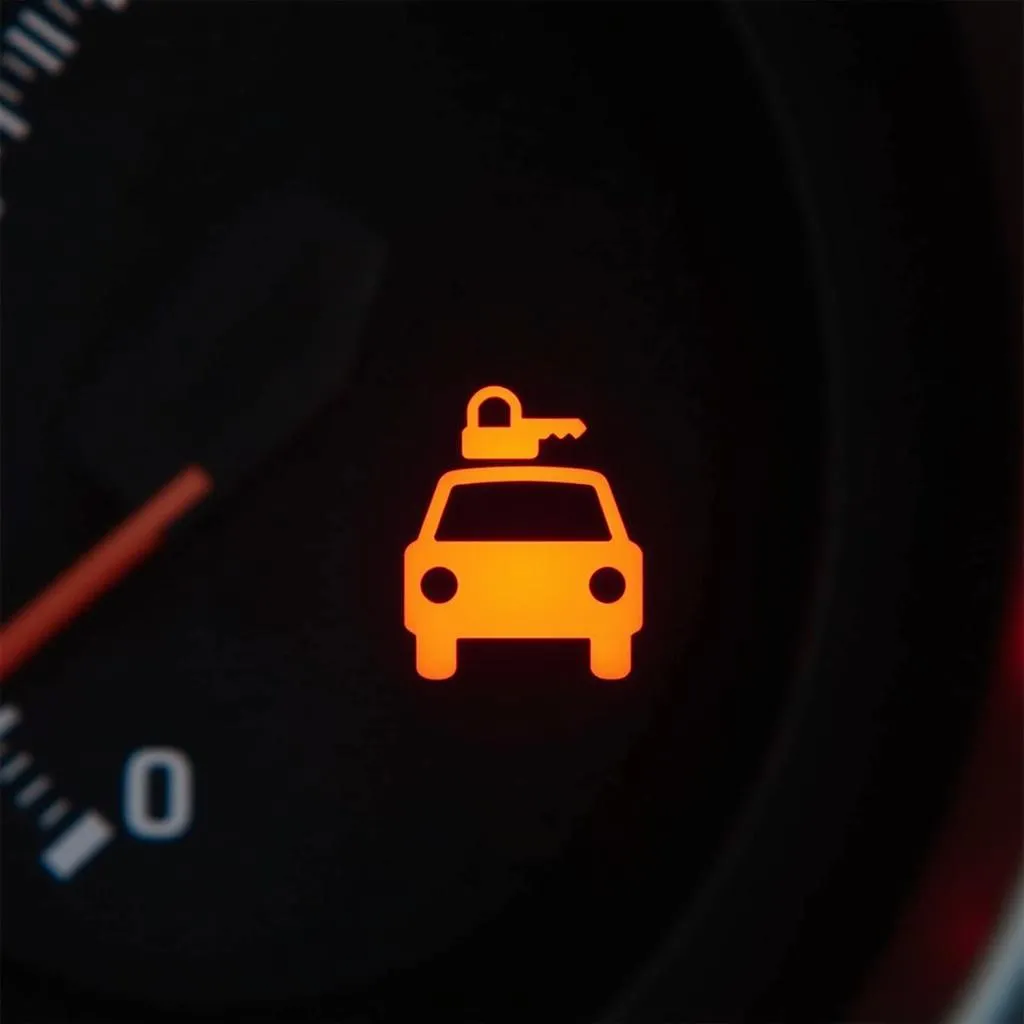The Ford Crown Victoria, a stalwart of American roadways, is known for its reliability and sturdy build. However, even the most dependable vehicles can encounter issues. One common concern for Crown Victoria owners is the dreaded brake system warning light illuminating on the dashboard. This light signals a potential problem with your braking system, requiring immediate attention to ensure your safety and the well-being of your vehicle.
This comprehensive guide will delve into the intricacies of the Ford Crown Victoria brake system warning light, exploring the common culprits behind its appearance and outlining the steps you can take to diagnose and address the issue effectively.
Deciphering the Warning: What Triggers the Brake Light?
The brake system warning light is designed to alert you to a range of potential problems, from minor issues to serious malfunctions within the brake system.
Here are the most common causes for the brake system warning light to illuminate in your Ford Crown Victoria:
- Low Brake Fluid: This is the most frequent reason for the warning light. Brake fluid, the lifeblood of your hydraulic braking system, can deplete over time due to leaks or worn brake pads.
- Worn Brake Pads: Brake pads are designed to wear down gradually with use. When they reach a critical thickness, the brake pad sensor triggers the warning light, signaling it’s time for a replacement.
- Faulty Brake Caliper: The brake caliper houses the piston that applies pressure to the brake pads. A sticking or seized caliper can cause uneven braking and activate the warning light.
- ABS Issues: If your Crown Victoria is equipped with an Anti-lock Braking System (ABS), a malfunction within this system, such as a faulty sensor or control module, can also trigger the warning light.
- Parking Brake Engaged: It may seem obvious, but sometimes the simplest explanation is the correct one. If the parking brake is even slightly engaged, it can trigger the warning light.
Troubleshooting the Warning Light: A Step-by-Step Guide
Ignoring the brake system warning light can lead to dangerous driving conditions and costly repairs. Follow these steps to diagnose the problem:
- Check the Parking Brake: Ensure the parking brake is fully disengaged.
- Inspect Brake Fluid Level: Locate the brake fluid reservoir under the hood. Check the fluid level. If it’s low, this indicates a leak or worn brake pads.
- Examine Brake Pads: Visually inspect the brake pads through the wheel spokes. If they appear thin or worn, it’s time for a replacement.
- Listen for Unusual Sounds: While driving, listen for any scraping, grinding, or squealing noises coming from the brakes. These sounds often indicate worn brake pads or a more serious issue.
 Ford Crown Victoria Brake Fluid Reservoir
Ford Crown Victoria Brake Fluid Reservoir
When to Seek Professional Help
If you’ve checked the basics and the warning light persists, it’s crucial to seek professional assistance from a qualified mechanic specializing in Ford vehicles.
“Diagnosing brake system issues can be complex,” says John Miller, a seasoned Ford mechanic with over 20 years of experience. “Modern vehicles like the Crown Victoria have sophisticated braking systems that require specialized tools and knowledge to diagnose and repair effectively.”
 Ford Crown Victoria Brake Pad Inspection
Ford Crown Victoria Brake Pad Inspection
Preventative Maintenance: Keeping Your Brakes in Top Shape
Preventing brake problems is always preferable to dealing with them after they arise.
Here are some preventative measures to keep your Ford Crown Victoria’s braking system in optimal condition:
- Regular Brake Inspections: Have your brakes inspected by a qualified mechanic at least once a year or every 12,000 miles, whichever comes first.
- Timely Brake Fluid Flushes: Brake fluid absorbs moisture over time, reducing its effectiveness. It’s recommended to flush and replace your brake fluid every 24,000 miles or as recommended in your owner’s manual.
- Mindful Driving Habits: Avoid harsh braking and riding the brakes. These habits can accelerate wear and tear on your brake components.
 Ford Crown Victoria Brake System Diagram
Ford Crown Victoria Brake System Diagram
Conclusion: Prioritizing Your Safety
The brake system in your Ford Crown Victoria is critical for your safety on the road. Never ignore a illuminated brake system warning light. By understanding the common causes, conducting basic troubleshooting, and seeking professional help when needed, you can ensure your Crown Victoria continues to provide you with safe and reliable transportation. Remember, preventative maintenance is always the best approach when it comes to your vehicle’s braking system.

